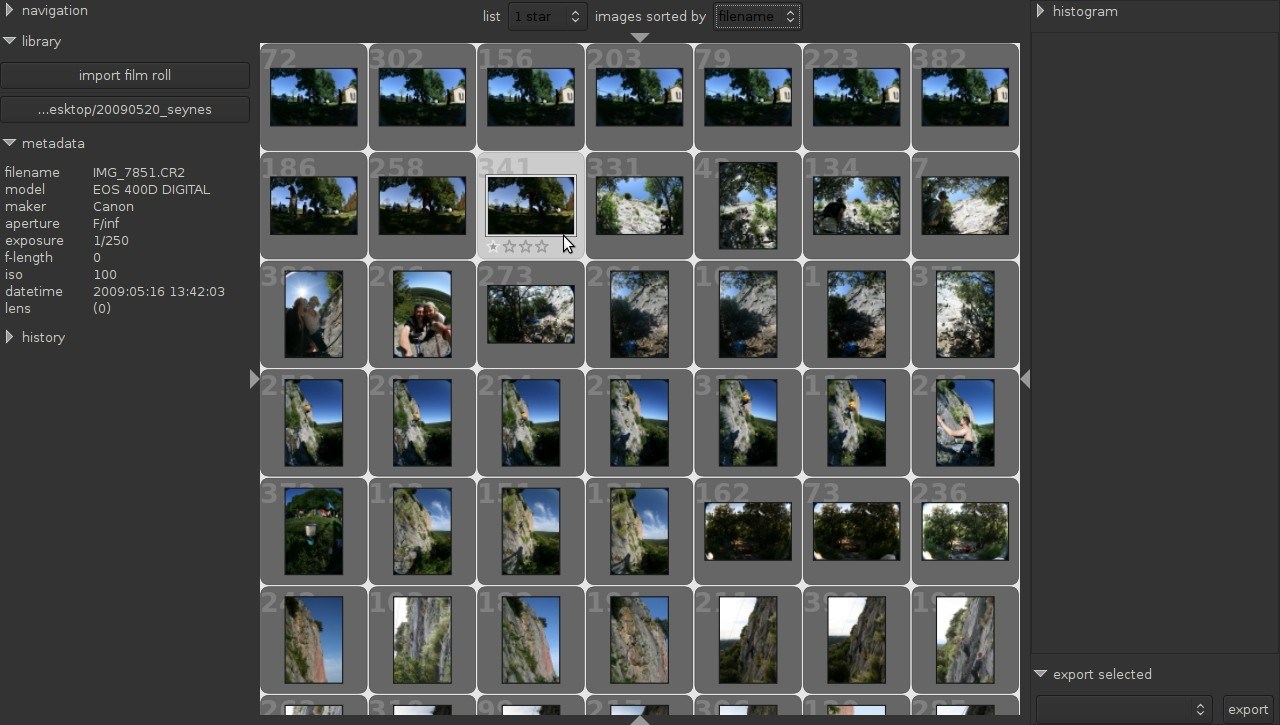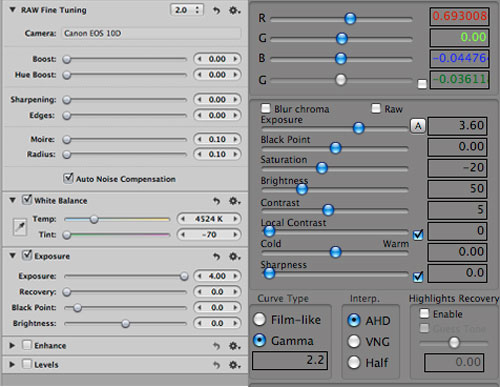

Sharpening, tone mapping, and other image enhancing algorithms ideally should be applied after the images have already been combined into one image. Combining multiple exposures into one image - for capturing additional dynamic range detail, or to obtain cleaner shadow areas, or to create a panorama - should be done in a linear gamma working space.

Why radiometrically correct, scene-referred output is importantįor many digital darkroom tasks you need radiometrically correct output as your starting point. So in effect the usual raw processor review is more a review of the raw processor's default image enhancing algorithms than its actual capabilities as a raw processor. The problem with this approach is that enhancement algorithms can't be applied until after the raw file has been interpolated.
Open source raw photo processor free#
My personal goal while writing this review is to see if any of today's high-powered, multi-functional free and open source raw processors might: I've been using dcraw, and more recently my floating point version of dcraw, as my "go to" raw processor for many years. However, this review only covers raw processing, by which I mean raw interpolation (demosaicing) and also any denoising techniques that are only applicable to raw images. Some of the raw processors are also digital asset management (DAM) programs. Introduction: evaluating raw processors What this review does and doesn't coverĪll of the raw processors considered on this page can perform various post-interpolation image enhancements. By default process images thru an RGB and/or the CIELAB color space?.Use linear gamma, simple matrix ICC camera profiles?.All image enhancements can be disabled?.Options related to radiometrically correct, scene-referred output.Introduction: evaluating raw processors.


 0 kommentar(er)
0 kommentar(er)
